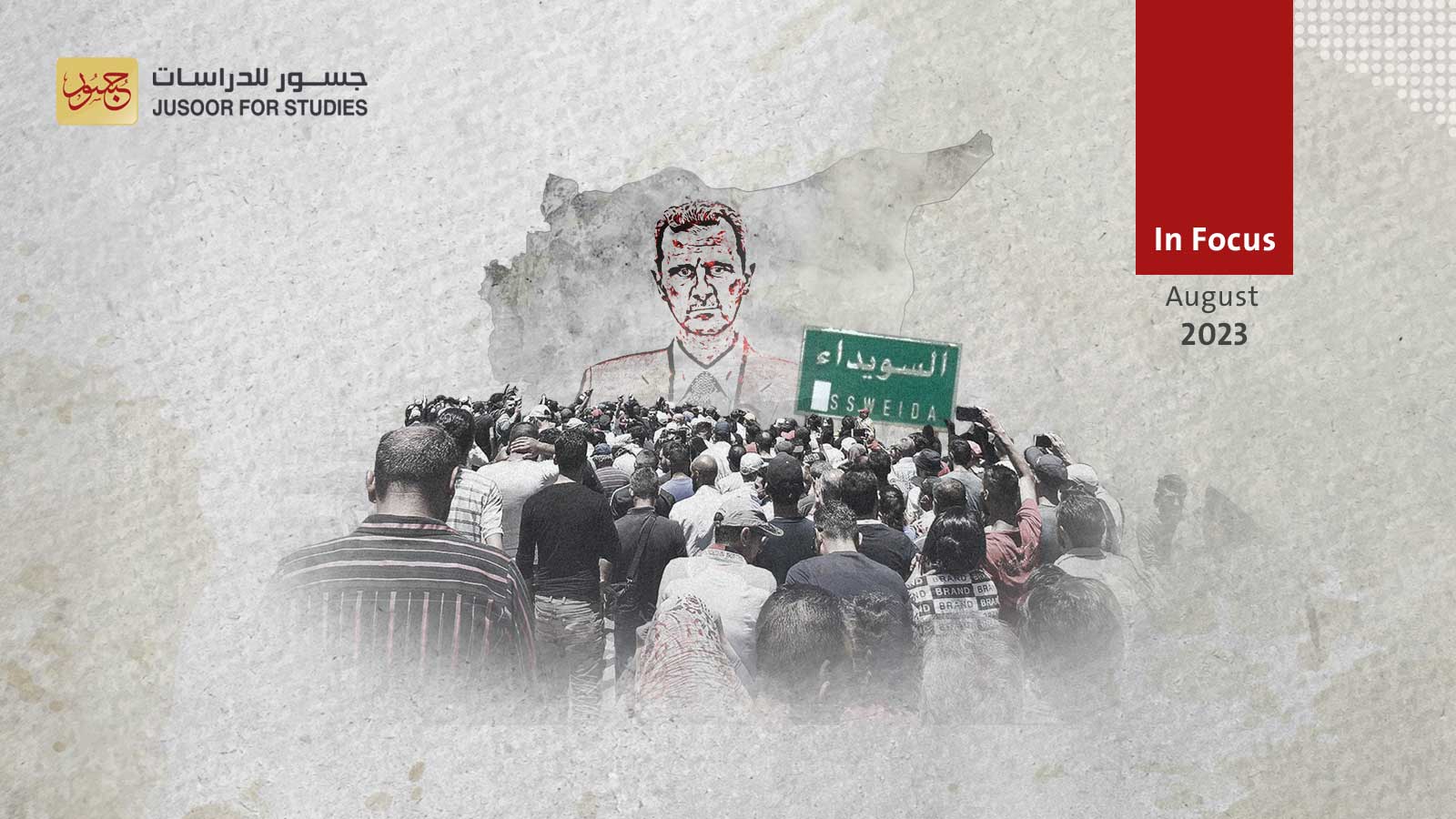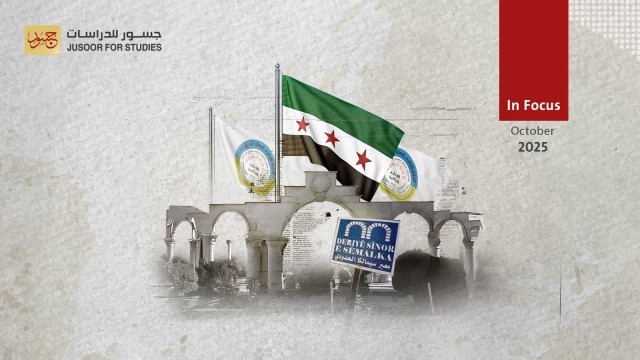The Sweeping Protests in As-Suwayda: Will They Influence the Syrian Regime?
On August 16, 2023, a group of transportation drivers in As-Suwayda initiated a work stoppage to protest the Syrian government's decision to increase fuel prices. Since that pivotal moment, demonstrations have escalated across various cities and towns within the province, ultimately spreading to 42 different locations.
This particular wave of protests was distinguished by its elevated set of demands and its focus on targeting regime-affiliated symbols. Demonstrators burned signs bearing the images of Hafez and Bashar al-Assad and discarded some into waste bins. These actions serve as a potent expression of the widespread public fury, evoking the tactics employed by protesters across different Syrian provinces at the inception of the 2011 revolution.
The nature of the demands from demonstrators in As-Suwayda this time around stands in stark contrast to previous protests in the province, which were largely confined to calls for improving living and economic conditions. The current wave of protests, however, prominently features sustained calls for the regime's overthrow, broadly implicating it in systemic corruption and the escalation of prices.
In practical terms, the protests in As-Suwayda have evolved in a gradual yet escalating fashion, mirroring the regime's persistent failure to address the province's issues and meet the demands of the protesters over the years. In the latest wave of demonstrations, there has been a marked, acceleratedze:14.0pt;">As per usual, the recent wave of protests has received backing from the Rijal Al-Karama, which has formally declared its support for the popular demands. While other local armed factions—such as the Mount of Al-Karama Battalion and the Sheikh al-Karama Forces—have opted for neutrality, the prevailing conditions may prompt some of these groups to adopt more audacious positions if the demonstrations were to broaden in both geographic and temporal scope.
Any prospective additional backing from local armed factions for the As-Suwayda protests does not necessarily signify an intent to resort to force against the regime or to engage in open confrontations. This is particularly relevant given that community leaders, military officials, and clerics have consistently underscored their aversion to violence as a means of conflict resolution. It's important to acknowledge that the regime maintains a substantial military footprint in As-Suwayda, having founded the "15th Special Forces Division" in the city and its surrounding areas in 2000. Moreover, it has sought to broaden its presence there since 2011, in collaboration with the National Defense Forces and affiliated paramilitary forces.
In essence, the enduring and potentially widening wave of protests in As-Suwayda stands to reverberate across the regime's political, social, and military landscapes in several pivotal ways:
• The protests are steadily chipping away at the regime's long-standing narrative of being the guardian of minorities, thereby weakening its ability to wield this claim as a diplomatic or domestic cudgel. This is especially critical given that As-Suwayda is largely Druze—a community the regime has often invoked as a beneficiary of its protection in its quest to consolidate power and reclaim national sovereignty.
• The unfolding events in As-Suwayda could prompt Arab nations, particularly those that had embarked on a path of normalization with the regime, to reconsider their diplomc",serif;font-size:14.0pt;">In sum, the As-Suwayda protests have encapsulated a quintessentially Syrian ethos. The modalities through which the demonstrators have voiced their demands might herald a transformative phase in the Syrian narrative, one that the regime cannot overlook. Faced with this evolution, the regime might either opt for a confrontational approach, employing tactics of infiltration, distortion, and targeted aggression, or choose a more conciliatory path, attempting to appease certain segments of the movement by proffering promises that bestow upon the province heightened privileges.








